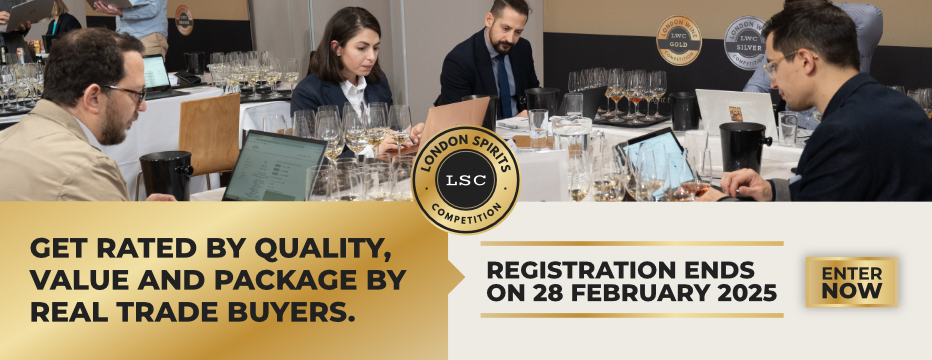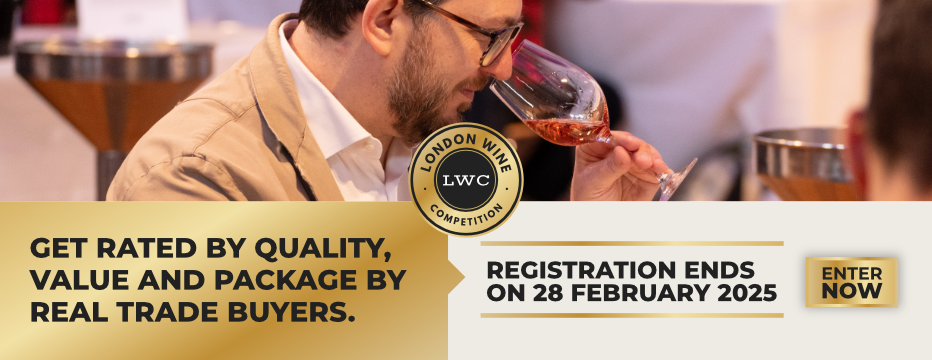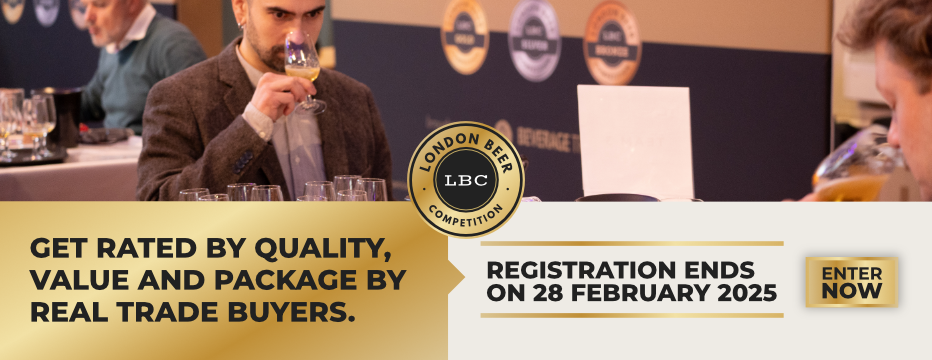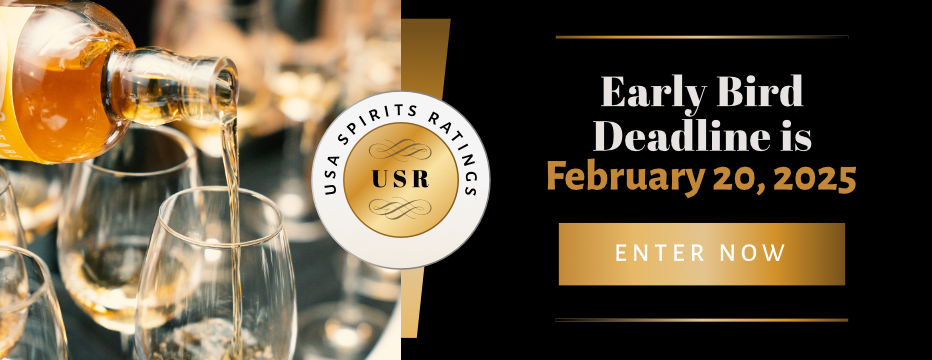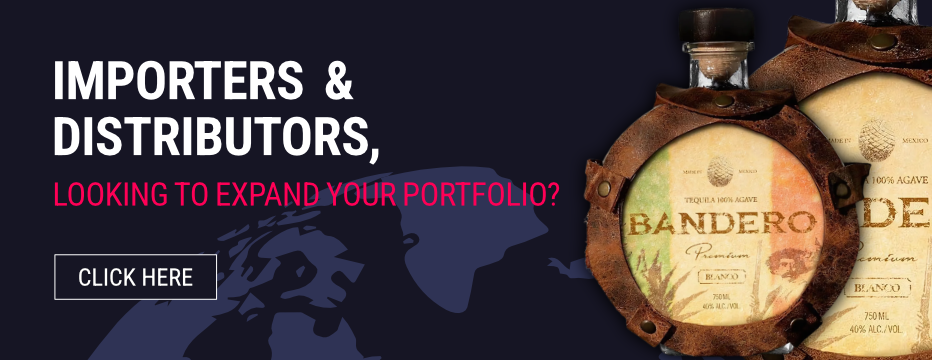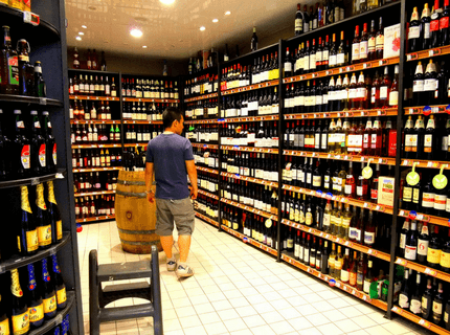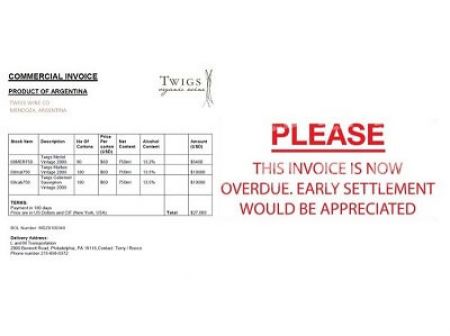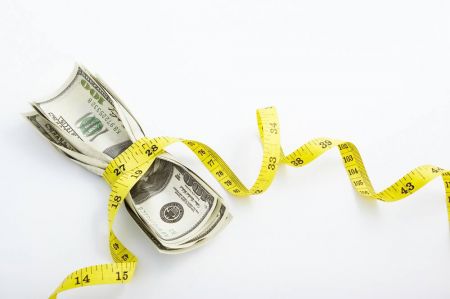Sommeliers Choice Awards 2024 Winners
Programming your Brand for Retail Depletions: What programs work and don't work
Interview with Brian Rosen who owned and operated Sams Wines in Chicago, Americas highest grossing single store of all time ($60 million in sales).
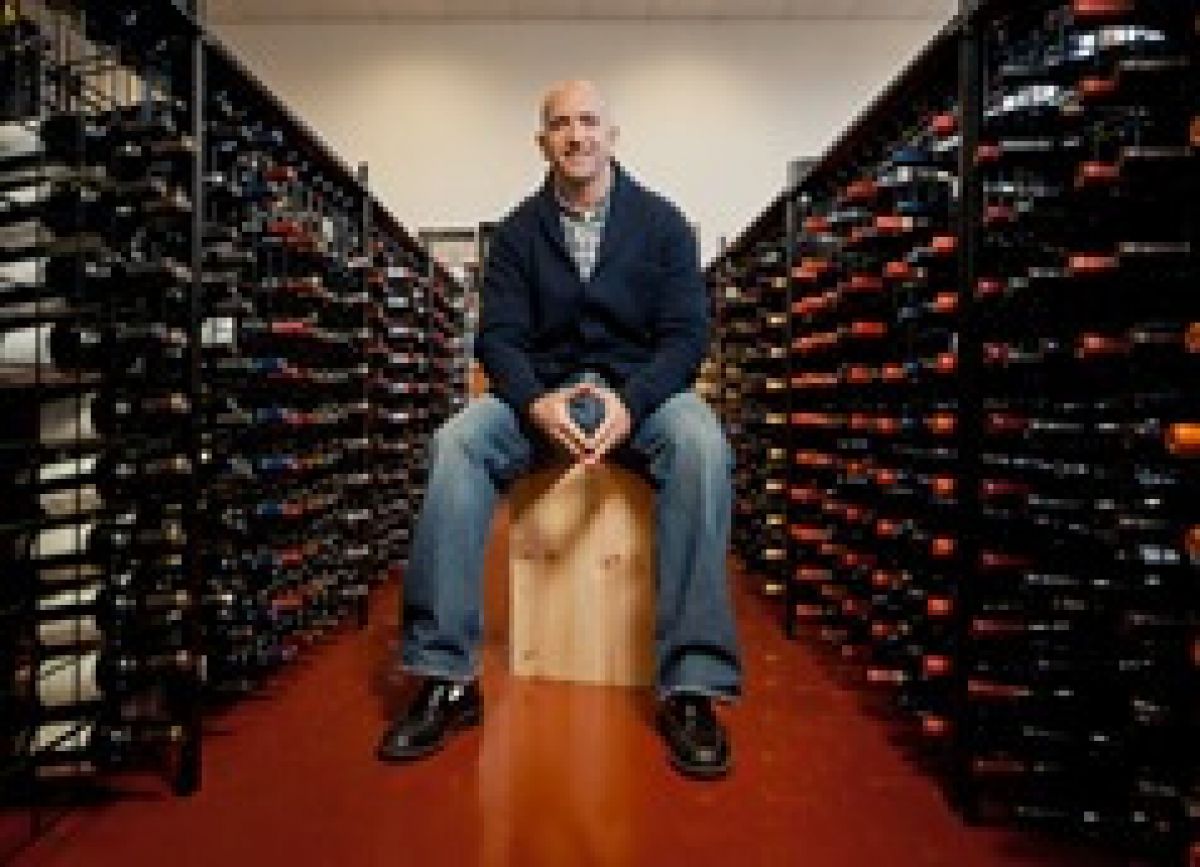
Successfully launching beverages in new retail stores means understanding your customer and how to maximize sell throughs in your retailer's market. Giving your retailer every opportunity to sell your brand by providing healthy support programs will ensure that you have the competitive edge necessary to succeed in your new market launches.
Remember that, in today's market, retailers almost always choose new SKUs that have strong support programs, established branding and healthy market shares as their next portfolio filler. Be primed to succeed by researching your target markets and substantiating your brand's position with programs developed to encourage stock depletions.
BTN asked Brian for some insight into what it really means to get your brand started in a competitive retail environment.
Grossing more than $60 million in sales and servicing more that 2M people annually, Brian's expertise brought Sam's Wines to the pinnacle of the retail market. Additionally, Rosen ran the alcohol beverage practice for PricewaterhouseCoopers and helped put Target stores in the business.
BTN: What is the most ideal program for a new brand intro?
Case deals are a great way to enter retail, but this is only one piece of the sales process. Having a retailer buy your offering ONCE, and not twice, is the kiss of death.
The same philosophy holds true for in store tastings. Getting your product into the mouth of customers is a great way to sell your goods, but it can also be troublesome. The tasters can kill or make the brand – so even with quality support there is the possibility of negative impact on both the sale and the next order. Consider your target consumer and approach them strategically.
The 80/20 rule always comes into play, so think about what you are trying to do! Trying to convince retailers to order yet another good into their stores, that they may or may not need, or displace other goods and inventory dollars with considerable risk to their established numbers can be a tall order. The 5 case deals on a new item can be a hollow conversation. A new item means slower turn, more retail effort and tied up cash flow.
What almost always works is 2 btls N/C on one 12pk. The logic is that they can take a flyer on 12 bottles while only having COGS on only 10 bottles. This will allow them to discount, mark up or down, and it doesn't require a lot of risk. Supported with weekend tastings held by team leaders who have a solid knowledge base about the brand and the account, this can be an extremely effective way to get your product moving.
This has worked thousands of times and is even how Effen was launched at Sam’s.
BTN: How does a brand owner convince retailers to get a 25 case display?
There is not a lot of trickery here - not a lot of convincing. The retail mindset is concerned with a hand full of items and they are as follows:
1. Price
2. Space
3. Turn
4. GM%
5. Market Pull.
Often new brands make the mistake of thinking that the account cares about grape style, slope of winery, how many times distilled, etc. From the mind of a retailer we want to know how much, who else carries the good, how much we can make on it and how fast we can sell through. That's all that people of decision-making authority care about.
Answer those questions with positive and financial acumen and you will get your 25 case stacking easier than you think.
BTN: Where should suppliers spend their money? Which marketing material works best to move goods in store?
Customer read shelf talkers, but they don’t read bottle neckers. They listen to social reviews and WOM (word of mouth) and sales person recommendations. Wine is a personal choice and a passionate choice - I find it funny that we all choose impersonal communication styles to share our brand message.
Communicate the quality of the brand in a personal, social and viral way and your communication style will match the way today's customer makes decisions.
BTN: How can suppliers motivate the retailers to "hand sell" their brand?
I think that it really comes down to a financial sale and financial conversation. Retailers have all the cards and hold the end user hostage to the goods that they sell. We have data that shows that when a customer spends >16 minutes in a store they will adjust their needs to a store's inventory in order to not have to make any other stops.
When a supplier understands these metrics and accepts that the three tiers can be a holistic approach to distribution (and not an adversarial channel) they will sell more goods.
Hand selling is difficult as it costs labor dollars with seemingly equal GM% to more off the shelf sales. A supplier needs to have a good sense of retailer operating margin and overall selling gross margin. A retailer wants goods to sell themselves and only involves an EE when the cart can be increased from, say, 1 to 3 bottles. The motivation is increased cart thus increased gross marking in the basket.
BTN: What can suppliers do if their brands are moving slow and when should they realize it?
In today's hyper competitive landscape guttural thinking is dead. I always use a financial calculation or concept called GMROI. Basically, it is return on investment on the retail side. We assume, with basic retail science, that goods will loose 2% of gross margin per month of non-selling activity.
This is how a supplier can get a retailer actively involved in the sales process of the goods. When a retailer knows and understands that the obligation to the good or item does not stop when it is purchased then there exists another supplier asset to help push the goods down to the consumer and a slow moving good will suddenly speed up. Encouraging retailers to keep the push alive can increase your volume, so keep on good terms with your retail partners.
BTN: How do retailers measure a brand's success? When does the retailer say, "This brand is not moving. Lets discount it, move on and never order again?”
There is no formula here and the way I think, the science of retail alcohol beverage selling, does not apply. Retailer’s mark down and discount items for any numbers of these reasons:
A. Not selling
B. GMROI
C. Need space
D. Cut and run methodology
E. And more
Margin cuts or price reductions can cause harm to the brand and the overall relationship across all tiers. It is in the best interest of the brand manager or supplier to have RELATIONSHIPS at the retail level (other than to sell and simple checks.) A harmonious relationship will cut the level of mark downs and close outs and the brand can remain strong and vibrant - even through slow selling times.
BeverageTradeNetwork would like to thank Brian Rosen for his valuable time and insight for the article. Brian is now the founder of Rosen Retail which is a retail consulting practice that specializes in retailers that sell hard goods and services. We have worked with many retailers including Target, ABI, Sears, FFT, WGL, MillerCoors and big box/ mid box grocery and alcohol beverage retailers.

